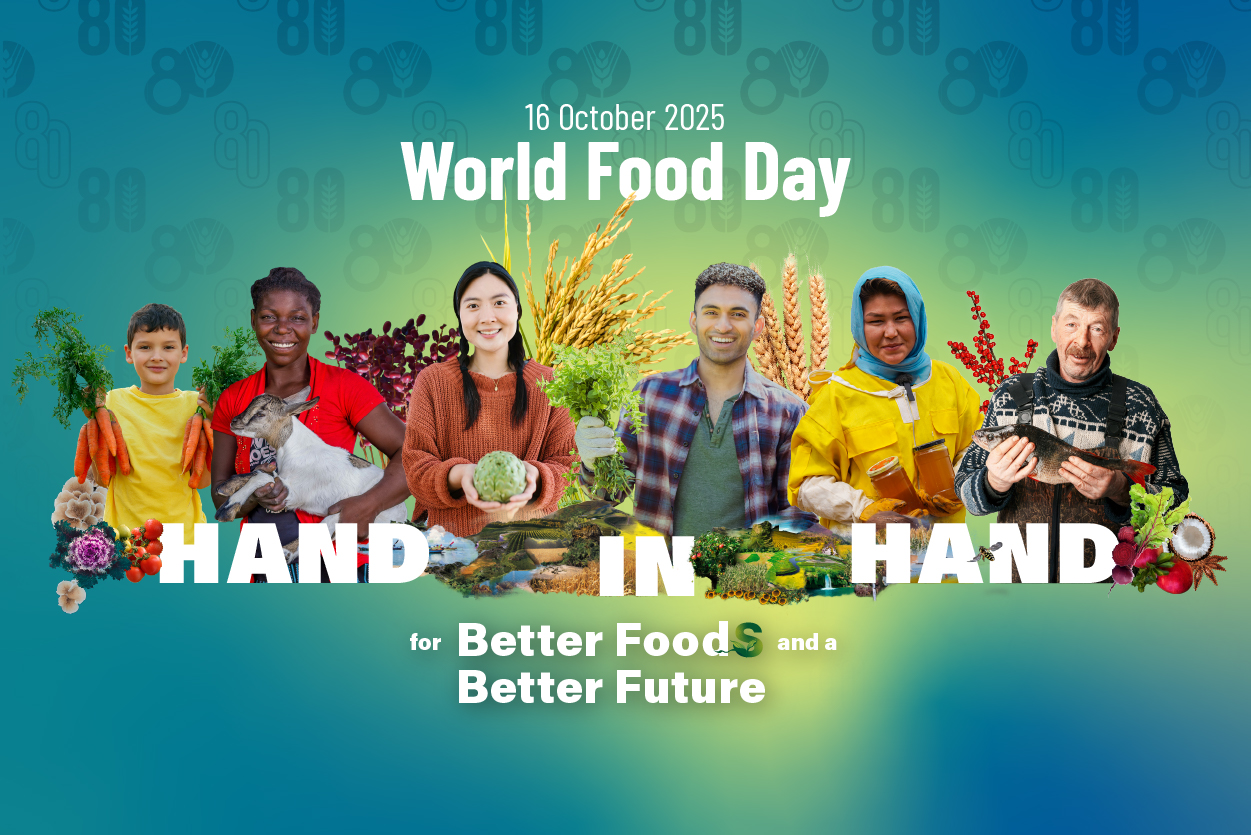ECONOMY
- 2 Food Industry During the COVID-19 Pandemic – Iwona Szczepaniak, Łukasz Ambroziak, Jadwiga Drożdż, Robert Mroczek (DOI 10.15199/65.2020.5.1)
Food is a basic necessity and thus its availability to society is becoming an important challenge for the complex food chain during the COVID-19 pandemic caused by the SARS-CoV-2 virus. The food industry is one of its key links (alongside agriculture and trade). The article attempts to determine the main factors influencing the situation in the Polish agri-food sector during pandemic and to indicate its possible consequences and directions of changes in the sector. Agri-food exports were also referred to. It was pointed out that in this situation food companies expect various types of support measures from the government, including guaranteed access to preferential loans, convenient financing on current accounts, support in the area of personnel costs and foreign trade. In the long term, companies should invest in planning and risk management strategies, in digitization, automation and integration of production management systems with distribution systems.
KEY WORDS: food industry, agri-food export, COVID-19 pandemic, SARS-CoV-2 virus
- 10 Digital Twin Technology in The Food Industry Enterprises – Requirements, Potential Applications, Limitations – Katarzyna Kosior (DOI 10.15199/65.2020.5.2)
The rapid development of cyber-physical systems, the Internet of Things and other digital technologies has greatly increased the possibilities for creating virtual replicas of many physical objects. Potential application areas include digital twins for entire factories, production processes, food products and packaging. General estimates indicate that the use of digital twin technology can translate into a 10% increase in enterprise efficiency. Digital twin technology is by far one of the most complex and demanding digital technologies. In addition, it is still at an early stage of development, which may hinder implementation projects and increase the risk of failure. Fully automated enterprises, where all production can be controlled and optimized remotely using digital copies of products, processes and production lines, acquire significant competitive advantages. Also, the current crisis associated with the global epidemic of COVID-19 highlights the enormous importance of digital technologies and digital solutions. Digitized enterprises are less affected by the negative effects of restrictions that are being introduced as a response to new types of epidemic threats.
KEY WORDS: digital twin, Industry 4.0, optimization
TECHNICS – TECHNOLOGY
- 15 Microencapsulation of Food Ingredients – Technological and Nutritional Aspects – Aleksandra Purkiewicz, Joanna Ciborska (DOI 10.15199/65.2020.5.3)
Encapsulation is a technique in which one material or set of materials is lock inside another material. The contents of the capsules are released gradually, in a controlled manner, at the time the capsule undergoes destruction. In food products, the use of this method extends shelf life and protects unstable food ingredients from environmental influence. The walls of the microcapsules are composed of gelatin, cellulose derivatives, fats and waxes. From the technological point of view, the most important advantages of microencapsulation include extending product durability, stabilizing unstable products and improving organoleptic characteristics. Microencapsulation is a technique used for protection of bioactive food ingredients – polyphenols, polyunsaturated fats, vitamins and minerals, probiotic bacteria or enzymes.
KEY WORDS: microencapsulation, food ingredients, technology, nutrition
- 20 Risk of Food Losses in Food Industry Plants – Marzena Tomaszewska, Beata Bilska, Danuta Kołożyn-Krajewska (DOI 10.15199/65.2020.5.4)
Food losses and waste are an important problem in the modern economy. They are an additional financial burden not only for food processing plants, but also for the environment. As a part of the project ‘Developing a system for monitoring wasted food and an effective program to rationalize losses and reduce food wastage’ (acronym PROM), in 2019, SGGW conducted a survey in 30 food industry plants. Based on the obtained data, the frequency and causes of food losses occurring in Polish food industry plants were determined, and ways of managing unused food were presented. It has been shown that losses in food industry plants are rare. A marginal percentage of producers donated unsold products to charitable organizations. It is necessary to conduct further research, which will provide data on the amount of wasted food. The results of the research carried out as part of the PROM project will be used to develop strategies for reducing losses at all stages of food production.
KEY WORDS: food loss, food industry, food, food processing
- 28 Study on Increasing Dietary Fibre Content in Doughnuts – Marianna Raczyk, Katarzyna Ratusz, Katarzyna Kucharczyk (DOI 10.15199/65.2020.5.5
Doughnuts are confectionery products known and consumed in many countries. In addition to desired flavor, they are unfortunately a source of saturated fats and simple sugars. A modification of their recipe to increase the nutritional value of these products would be appreciated. The aim of this study was an attempt to enrich doughnuts with dietary fibre and assess the impact of the applied ingredients on selected quality parameters. The addition of tested commercial fibre mixtures, with its different content, adversely affected the change in porosity, increasing the hardness of the products. The results of a sensory evaluation carried out by the panel of experts presented a worse taste of doughnuts with the addition of fibre, while consumer assessment desirability indicated high acceptability of products with an addition of fibre. The addition of the tested fibre concentrates did not affect the water content, but had an effect on the fat absorption during deep-frying.
KEY WORDS: doughnuts, fibre, fat, deep-frying, sensory analyses
FOOD – FEEDING
- 33 Sea Buckthorn (Hippophae rhamnoides L.) Is a Valuable Source of Food Additives – Kamila Mateuszuk, Wioletta Biel (DOI 10.15199/65.2020.5.6)
Sea buckthorn (Hippophae rhamnoides L.) is a plant whose all parts are rich in numerous biologically active ingredients such as vitamins, flavonoids, carotenoids, unsaturated fatty acids and minerals that have a beneficial effect on human health. Sea-buckthorn preparations are used in the food, cosmetic and pharmaceutical industries. The article characterizes sea buckthorn, substances with biological activity and health-promoting properties it contains. Sea buckthorn is the plants whose preparations in many countries are used as a food additive. In Poland, this raw material is still underestimated. The unique chemical composition of sea buckthorn means that it can fulfill the function of a preservative and additive, as well an ingredient increasing the nutritional quality of the product The article also presents the use of sea-buckthorn fruit, seeds and leaves in the food industry.
KEY WORDS: Hippophae rhamnoides L., leaves, oil, fruit, chemical composition
- 40 Plant-Based Diets – Characteristics, Recommendations and Consumer Attitudes – Klaudia Wiśniewska, Diana Wolańska-Buzalska, Katarzyna Wolnicka (DOI 10.15199/65.2020.5.7)
Many research results indicate a beneficial effect on both health and the environment of a diet largely based on products of plant origin (vegetables, fruits, whole grain cereals, legumes and nuts). Properly balanced plant diets provide health benefits, preventing of many diseases. The use of plant-based diets reduces the risk of heart disease and hypertension, prevents type 2 diabetes, lowers cholesterol, promotes lowering blood pressure and reduces the risk of certain cancers. Properly composed vegetarian and vegan diets often have lower saturated fat content and cholesterol levels, higher levels of fiber, magnesium, potassium, vitamins C and E, folic acid, carotenoids, flavonoids and other compounds beneficial to health compared with traditional, widely consumed diets. Experts emphasize that diets containing significant amounts of animal products are the most damaging to the environment – they show the largest carbon footprint. Due to the currently growing popularity of the use of plant diets and diets limiting the amount of meat and meat products consumed among the Polish population, it is worth propagating knowledge about the benefits of such a nutrition model among doctors, kitchen chefs, people implementing group catering or food producers.
KEY WORDS: diet, nutrition, health, plant-based diets, consumer
EVENTS
- 17 The Commission approves two new geographical indications from Poland and Greece
- 32 Aluminum beverage cans are a recycling leader in Poland
- 43 Nutritional value on the front of each package?




